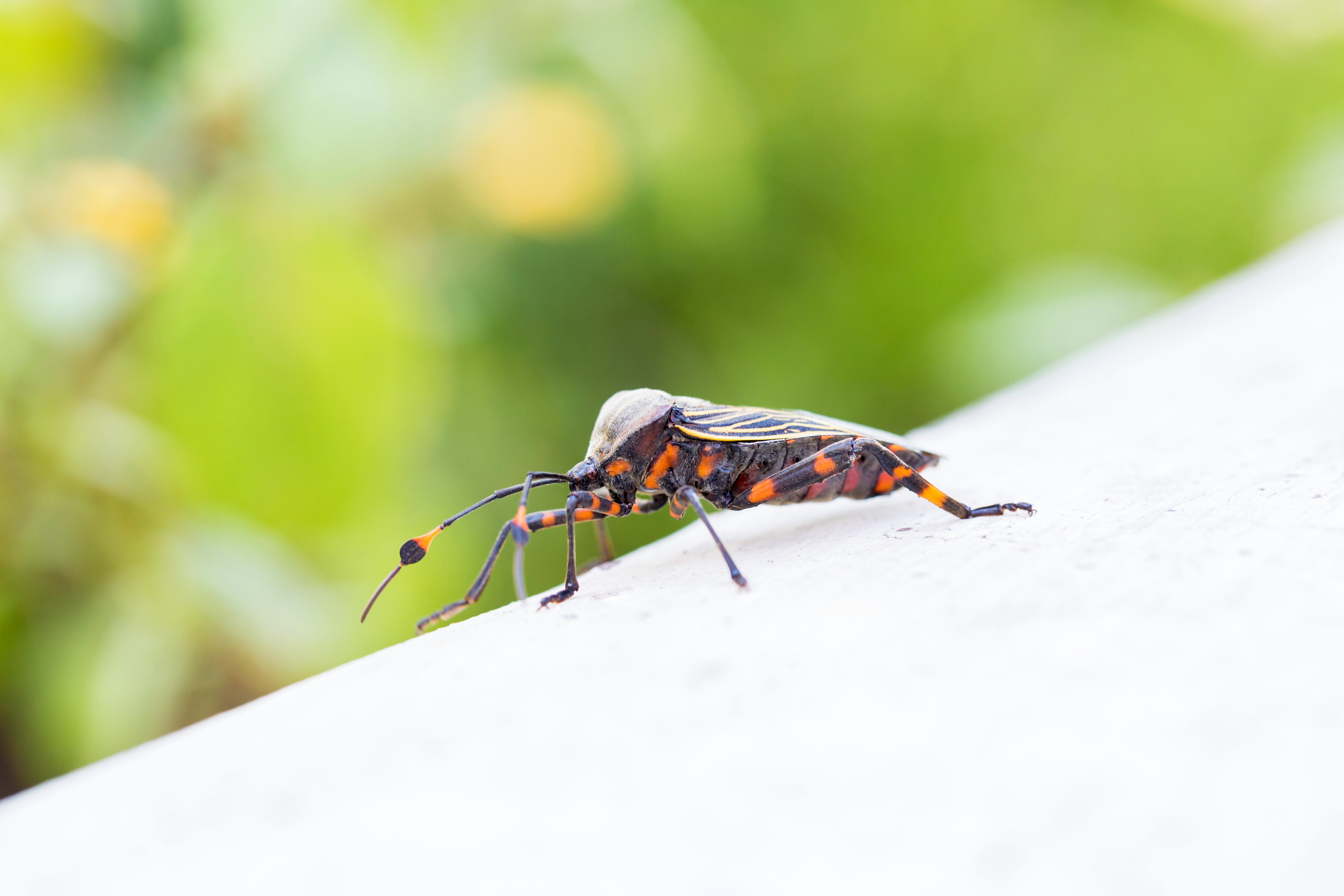
You’ve probably heard of malaria, HIV-AIDS, and tuberculosis. These three diseases continue to have a huge impact on human health worldwide. However, you may not be familiar with schistosomiasis, Chagas disease, leishmaniasis, or trachoma, which fall under the umbrella of “neglected tropical diseases” (or NTD for short).
What are neglected tropical diseases?
NTDs include a range of diseases caused primarily by viruses, fungi, bacteria and parasites. Together, they include at least 20 conditions that seriously affect the world’s most vulnerable people. Schistosomiasis, for example, is caused by parasitic worms shed by freshwater snails. More than 200 million people worldwide are affected by it, according to WHOwith almost 12,000 deaths occurring from the disease each year.
Maria-Gloria Basanez, Professor and Chair of Neglected Tropical Diseases at Imperial College Londonstresses that these diseases largely affect the “bottom billion of the world’s population”.
“They have a disproportionate impact on the most marginalized and vulnerable of these populations, namely women and children,” Bassanes says.
How dangerous are these tropical diseases?
Death rates associated with NTDs are often lower than other diseases, but Basáñez says they can lead to a huge burden of disability, which in turn impacts economies. Trachoma for example – which is caused by the bacteria Chlamydia trachomatis — can lead to irreversible blindness and is estimated to have damaged the sight of at least 1.9 million people. It is known as leading cause of infectious blindness in the world. Onchocerciasis and neurocysticercosismeanwhile, they are caused by parasitic worms and can lead to epilepsy.
There are 179 countries worldwide that have reported at least one case of an NTD in 2021, but the burden of the disease is concentrated in only 16 countries. Poverty is at the heart of many of the affected areas, and NTDs can perpetuate this cycle, Basánez adds.
Read more: Dengue fever is on the rise—a ticking time bomb in many parts of the world
Why don’t NTDs get more attention?
The reasons why NTDs are neglected are complex. Over the past two decades, international organizations, health organizations and governments have increasingly paid attention to addressing these diseases. Yet despite these efforts, funding, medical support, research and development, and awareness continue to lag behind those of other diseases, Bassanes says.
“I think there’s a big difference between awareness and international engagement because [NTDs] it affects the poorest of the poor,” she adds.
Part of the challenge, Basáñez continues, is that these diseases tend to be endemic — concentrated in certain places or countries without a sudden increase in the number of cases — without a large outbreak and epidemic potential, which means they tend to go under the radar.
“It’s an example of out of sight and out of mind,” Bassanes says. “So it’s really important to maintain visibility in any way we can.”
Is climate change a factor?
guided from the WHOinternational organizations, health authorities, governments and others are striving to eliminate NTDs by 2030. Addressing them is increasingly important because of climate change, which can lead to geographic spread and a change in infection rates, according to the researchers. For example, moving rainfall and temperature are associated with changes in the prevalence of diseases such as dengue, chikungunya and leishmaniasis.
How climate change might affect other NTDs is not yet clear and is the subject of active research, Basáñez notes.
“We have two problems: how is the ecology of insects and snails [and other vectors] that are involved in the transmission of some of these diseases will change,” she adds. “And how our infrastructure and resources will be affected.”
Read more: Climate change is likely to increase the risk of infectious diseases
How can we treat neglected tropical diseases?
Addressing NTDs comes from different angles. Essentially, many of these diseases are linked to a lack of access to clean water, sanitation and healthcare; addressing them is paramount to reducing their impact. It also, Basáñez says, ensures dissemination and coverage of preventive treatments for some NTDs and access for diagnosis, treatment and management for others.
Still, progress is making progress toward the overall goal of prevention and elimination of NTDs by 2030; about 80 million fewer people required interventions for NTDs between 2020 and 2021. By the end of 2022, 47 countries worldwide had eliminated at least one of these diseases, according to a recently published WHO global report.
New treatments are also under construction to help those affected. In 2021, researchers from London School of Hygiene and Tropical Medicine has identified new compounds that can target the parasitic worms that cause schistosomiasis, raising hopes that their elimination may be on the horizon.
“You have to keep the momentum, keep the incentive and the population engaged in these treatment programs,” Bassanes says. “They will be needed for a long time.”
NTD elimination is still a long way off, with many challenges along the way. Researchers like Basáñez remain hopeful that progress can be made with concerted action. “I strongly believe that people need to be informed, better informed, better engaged at all levels of the population, both in non-endemic and endemic countries.”
Read more: Genetically modified mosquitoes could save the world from disease

